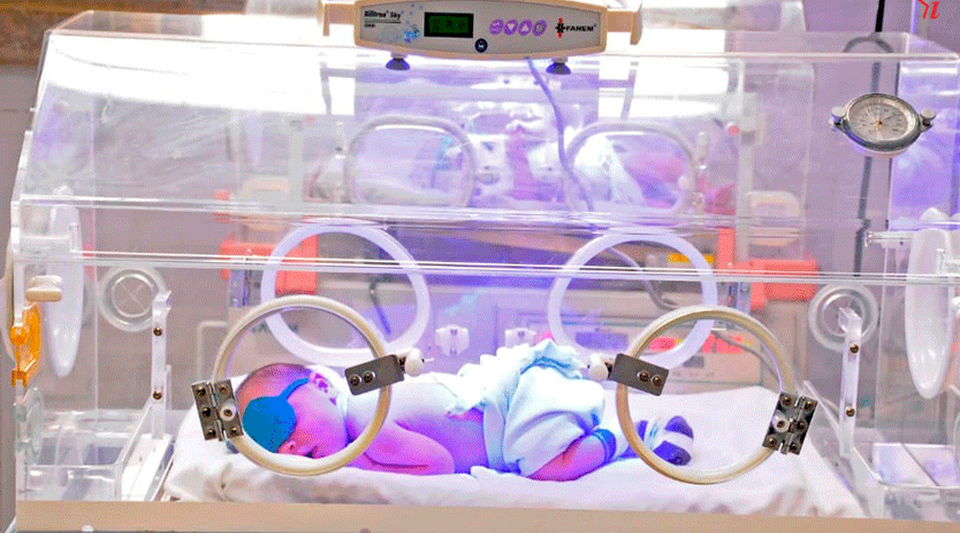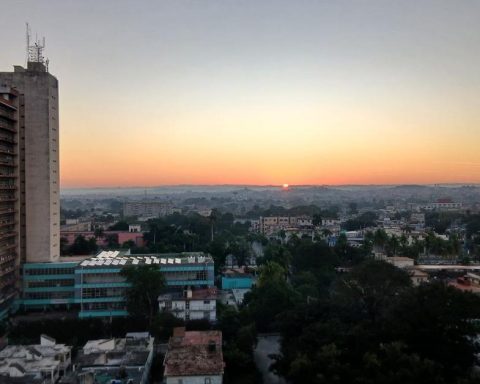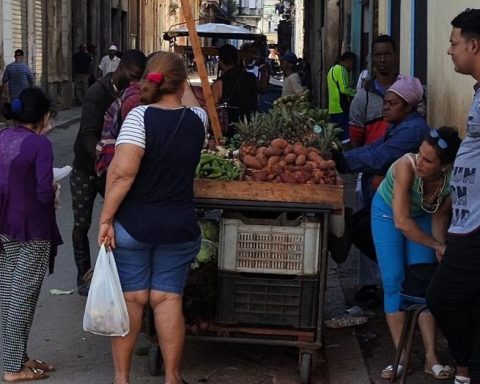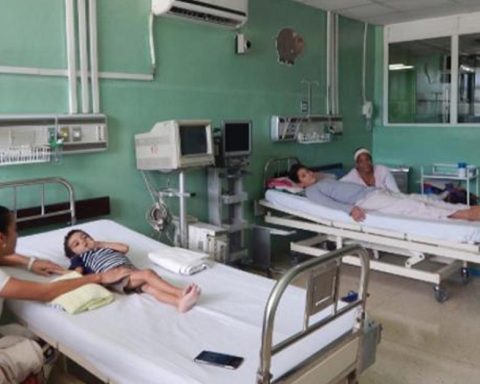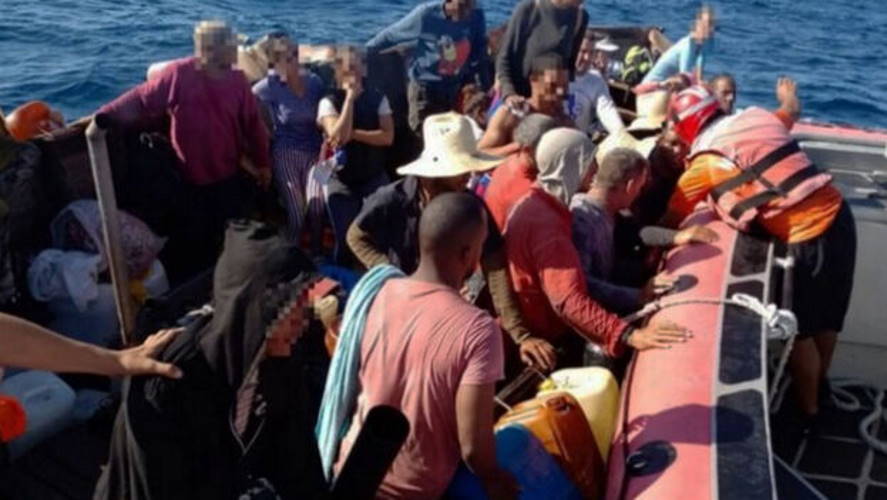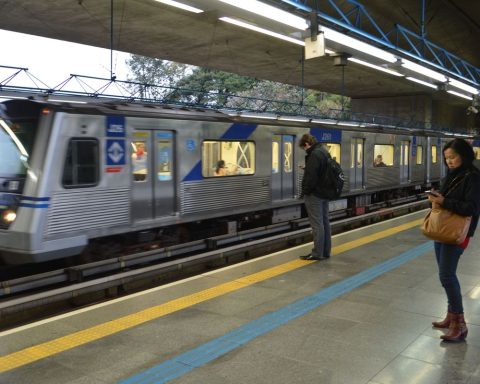With a change of tone in their reports and more optimistic statistics, the official press tries to hide the failure of Ciego de Avila in neonatology and infant mortality. A note published this Wednesday in the local newspaper Invasive exposes how medical care is insufficient to curb the high rates of morbidity in the province.
Dr. Alberto Moronta Enrique, director of the Antonio Luaces Iraola provincial hospital, told the outlet that “it will be difficult” for the infant mortality rate to drop. Although the Ministry of Public Health has not revealed the total number of dead children for every 1,000 live births in Ciego de Ávila, Moronta anticipates that it will not drop below 6.23, although the Government “aspires” to reach 4.
The number provided by the doctor would mean, if true, a notable decrease compared to the 13.6 deaths in 2021 in Ciego de Ávila, the highest rate in the country. In addition, Moronta affirms, there has been a decrease in the number of births (1,000 less than in 2021) and the admission of underweight children is more frequent, which makes it difficult to improve mortality rates.
The situation of children weighing less than 1,500 grams, subjected to artificial ventilation, is also serious. Although it affirms Invasive that the figures “have returned comfort and joy” to the Department of Neonatology, the opinion of the physicians interviewed by the newspaper itself contrasts with the triumphalism of the note.
So far in 2022, Cuba reported an infant mortality rate of 7.4 per thousand live births, a number that has failed to reverse the negative trend of previous years.
Premature births, high morbidity in the province, retarded intrauterine growth -insufficient size of the fetus- and low birth weight prevent Ciego de Ávila from improving its results in 2022, according to Dr. Ladisbel Rodríguez, head of Neonatology at the Antonio Luaces.
In several cases, all these factors coincide, points out Rodríguez, which “compromises their evolution” and complicates the growth of the organs, once they are returned to their mothers. The doctor affirms that in Ciego de Ávila the feeding protocols for children have changed, and “the least possible intervention on the newborn” is maintained.
“We avoided tube feeding and instead introduced small drops of milk through syringes,” he says. “We try to get them into exclusive breastfeeding as quickly as possible.”
Another practice that is encouraged in Ciego de Ávila is the kangaroo or contact of the baby with the mother’s skin, which according to several studies is an effective method, along with breastfeeding, to protect the life of the child. In addition, they try to keep them in “special conditions” of light and silence. In September alone, the province reported almost 50 admissions, he adds.
The current rise, pointed out the Vice Minister of Public Health, represents a setback of almost thirty years –since the Special Period– in which the Island had controlled infant mortality
Rodríguez intends to excuse his team, arguing that “none of the phenomena that today are determining high morbidity among newborns are exclusive to Cuba. Although in Ciego de Ávila in recent years they have been sustained,” he acknowledges.
So far in 2022, Cuba reported an infant mortality rate of 7.4 per thousand live births, a number that has failed to reverse the negative trend of previous years. At a meeting of senior government officials, Dr. Tania Margarita Cruz, Vice Minister of Public Health, attributed that situation to the lack of “cadres and officials” involved in hospital care for mothers and children.
Cuba sustained a rate of less than 5 per 1,000 live infants for more than a decade. The current rise, pointed out the Vice Minister of Public Health, represents a setback of almost thirty years –since the Special Period– in which the Island had controlled infant mortality.
In addition, the disastrous effects of migration in the health sector had been calculated at the end of 2021 by Ernesto René, a worker for 34 years in the Maternal and Child Program (Pami), who commented in the newspaper itself Invasive that it was necessary to “review the motivations and barriers of the personnel working in this highly sensitive area”.
________________________
Collaborate with our work:
The team of 14ymedio He is committed to doing serious journalism that reflects the reality of deep Cuba. Thank you for accompanying us on this long road. We invite you to continue supporting us, but this time becoming a member of our newspaper. Together we can continue transforming journalism in Cuba.
